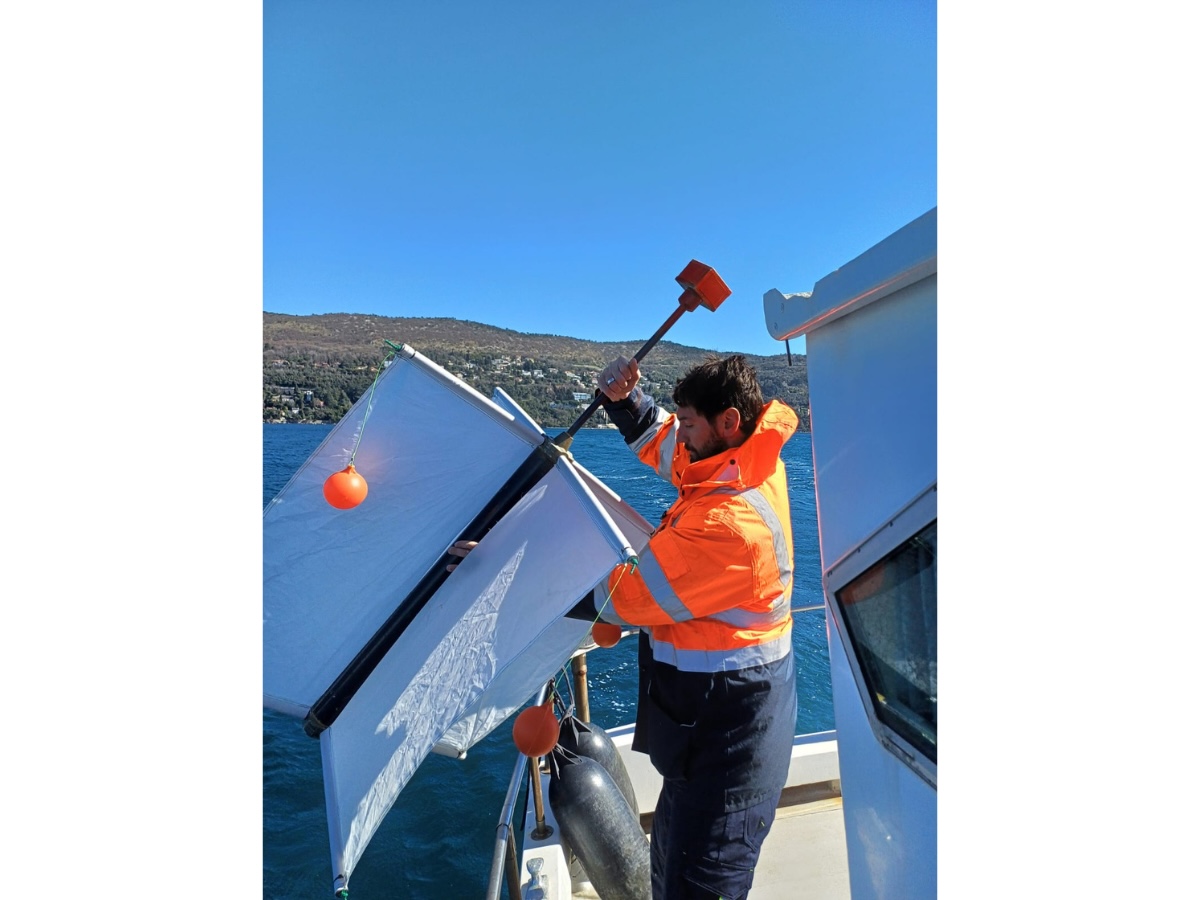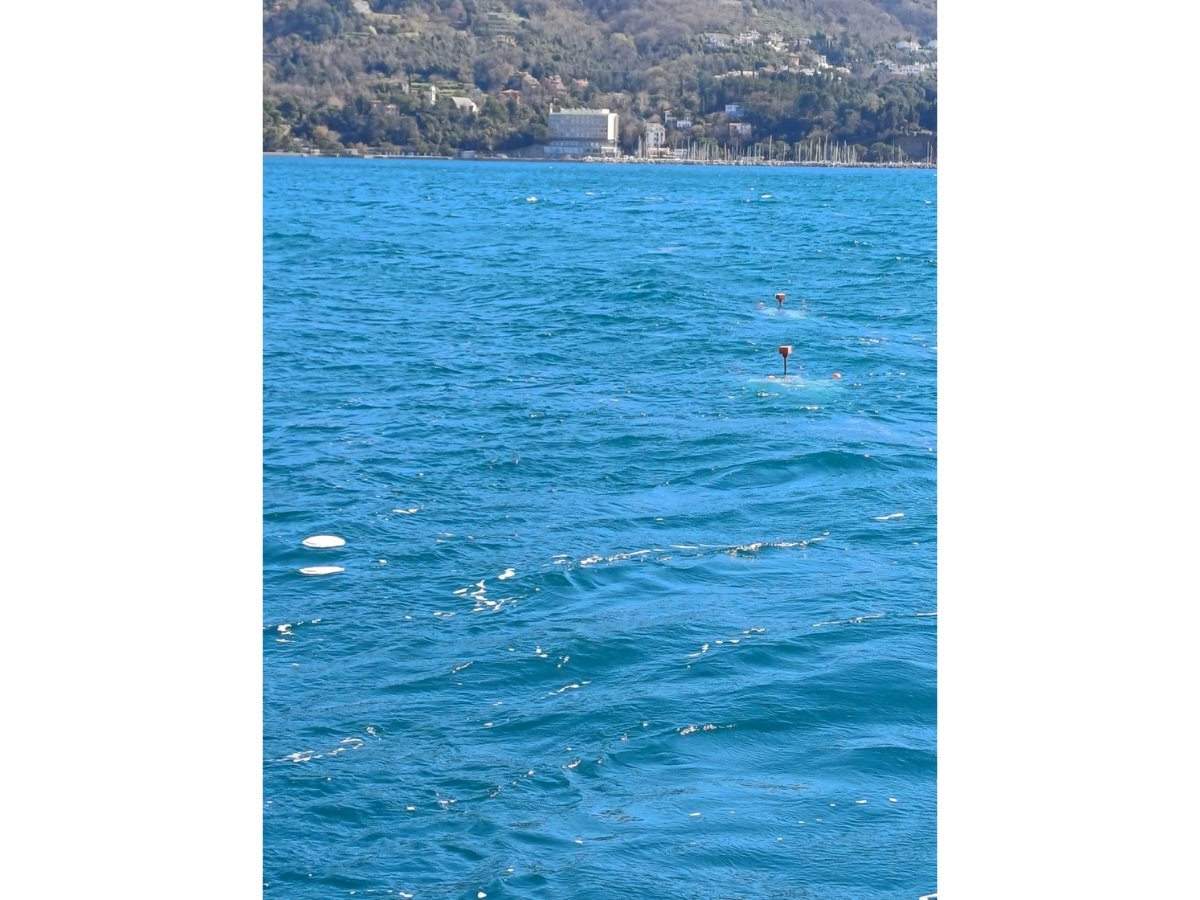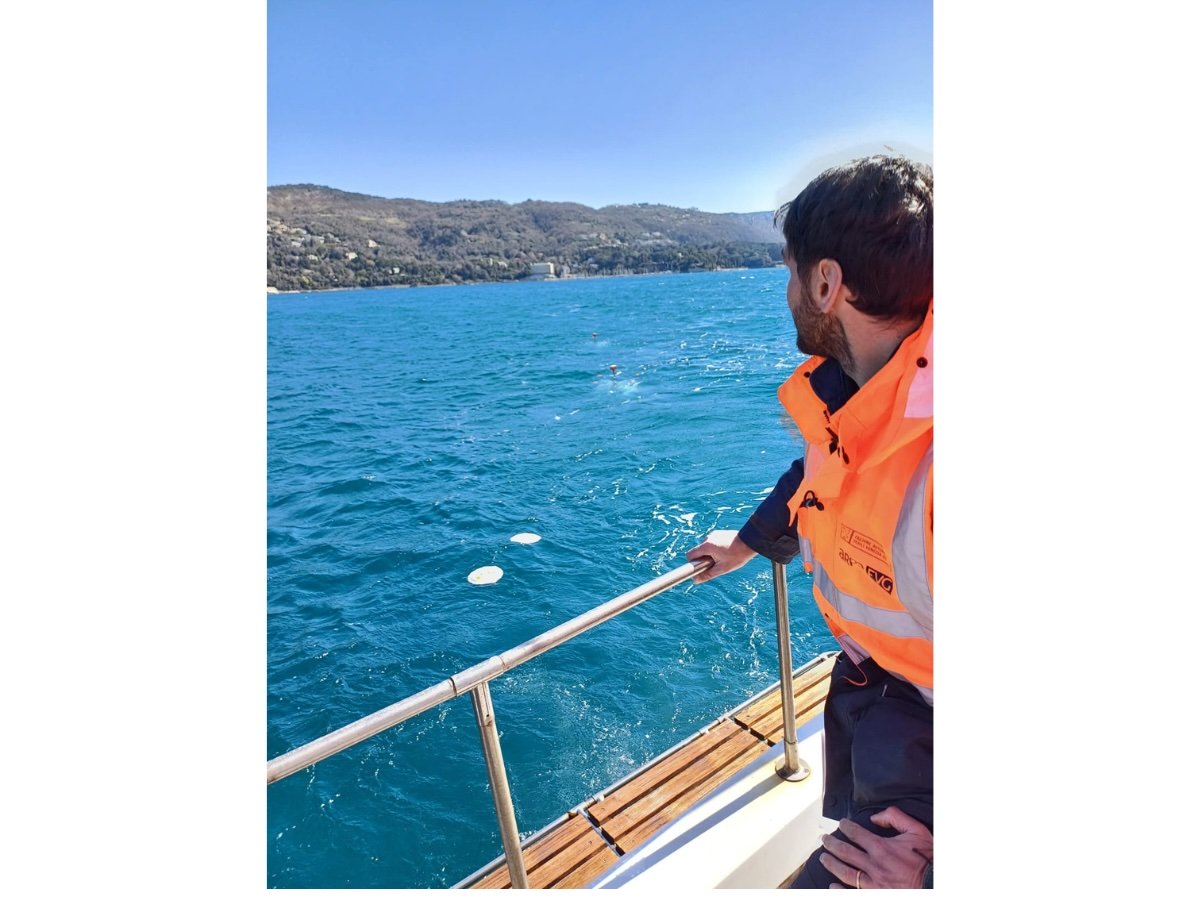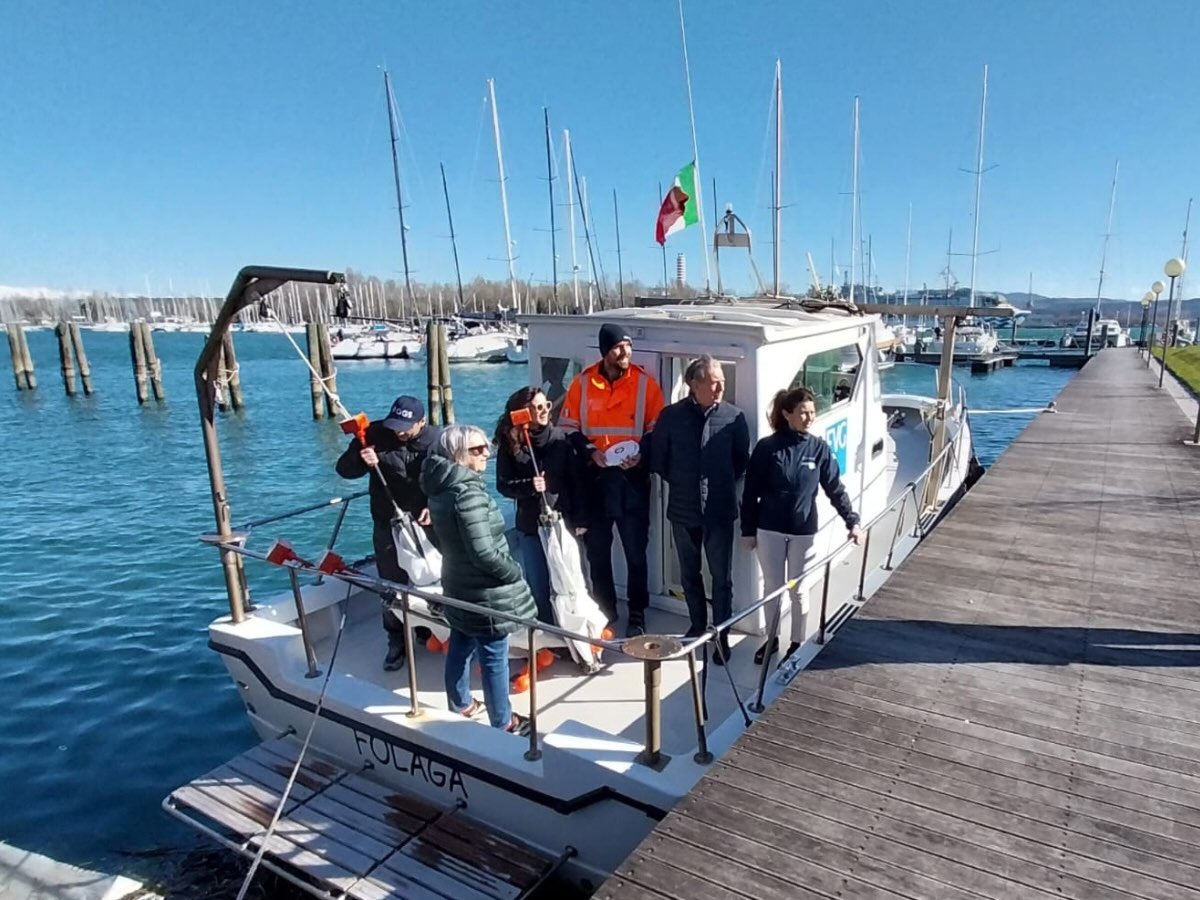
New collaboration between OGS and Arpa FVG for the study of marine currents in the Gulf of Trieste
The OGS and the Regional Agency for Environmental Protection of Friuli Venezia Giulia - Arpa FVG have started a collaboration to study marine currents in the Gulf of Trieste. Today, March 18, 2025, eight drifters were released into the sea, instruments equipped with satellite technology that will allow monitoring the movement of surface waters and improving the management of environmental emergencies, such as accidental spills of hydrocarbon.
The drifters were released in two strategic points of the Gulf, including the mouth of the Isonzo, to collect data on the direction and intensity of the currents. Two types of devices were used: Stokes Drifter by Arpa FVG and Code Drifter by OGS. Thanks to the sensors they are equipped with, the instruments will also detect physical parameters of the water, supporting the validation of forecasting models and data acquired by the WERA HF RADARs installed in the Gulf.
The experiment was launched with a first release in December 2024 and will continue every two months over the next ten months, with the aim of carrying out at least 4-5 release campaigns. The data collected will be essential to improve environmental modelling and optimise response strategies to any emergencies at sea.
This initiative is part of the research and monitoring activities that OGS carries out in the Gulf of Trieste, where it manages an advanced infrastructure for sea observation. The project is part of the PNRR iNEST and will allow to refine forecasts on surface currents, improving the capacity to respond to environmental emergencies and contributing to the protection of the marine ecosystem.




